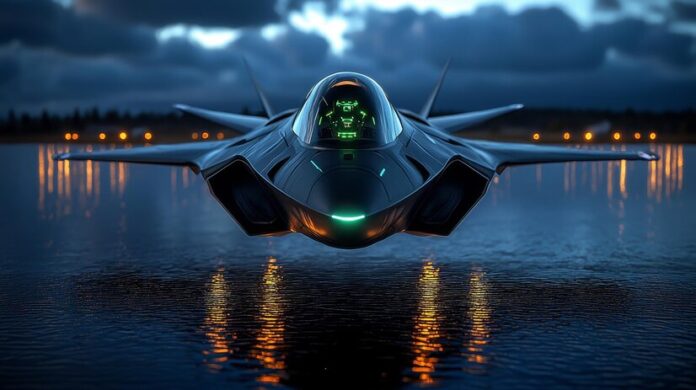Hypersonic weapons are making headlines as one of the most revolutionary developments in military technology. These advanced weapons travel at speeds greater than Mach 5, or five times the speed of sound, which enables them to strike targets much faster than traditional missiles. This remarkable speed, combined with the ability to maneuver during flight, poses new challenges for existing missile defense systems and is reshaping military strategies around the globe.
At the heart of the hypersonic revolution is the quest for speed and precision. Unlike conventional ballistic missiles that follow a predictable trajectory, hypersonic weapons can change direction mid-flight, making them extremely difficult to track and intercept. This unpredictability increases their effectiveness, allowing military forces to target adversaries with little warning and minimal opportunity for defense.
Major military powers, including the United States, Russia, and China, are heavily investing in hypersonic technology. Russia’s Avangard, for instance, is a hypersonic glide vehicle capable of carrying nuclear warheads and evading missile defenses. China has also showcased its hypersonic capabilities with tests of systems like the DF-ZF glide vehicle. Meanwhile, the United States is not far behind, ramping up its research and development efforts through programs like the Army’s Long Range Hypersonic Weapon.
While the technological advancements in hypersonic weapons are impressive, they also raise serious concerns. The speed at which these weapons travel could lead to miscalculations during conflicts, heightening the risk of unintended escalation. Furthermore, the development of such advanced systems could trigger an arms race, as nations rush to develop countermeasures and bolster their own capabilities.
As hypersonic weapons become more prominent, military strategies will need to adapt accordingly. This includes not only enhancing defensive systems but also engaging in international dialogue to address the implications of this technology. The goal should be to prevent escalation and maintain global stability in an increasingly complex security landscape.
In summary, hypersonic weapons are poised to change the face of warfare as we know it. While they offer exciting new possibilities for military effectiveness, the associated risks and challenges cannot be ignored. As nations continue to explore this cutting-edge technology, the need for thoughtful discussion and strategic planning will be crucial in ensuring a safer future.




